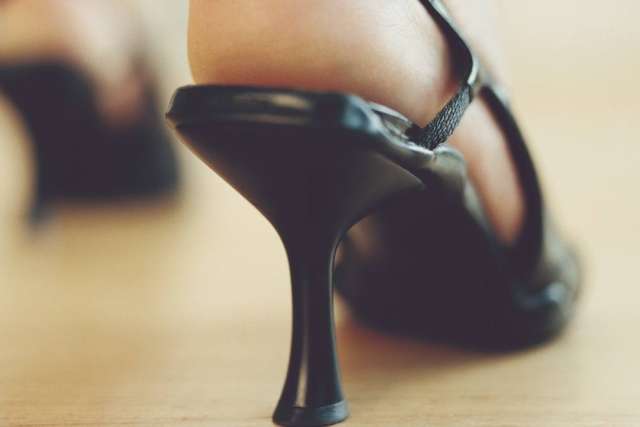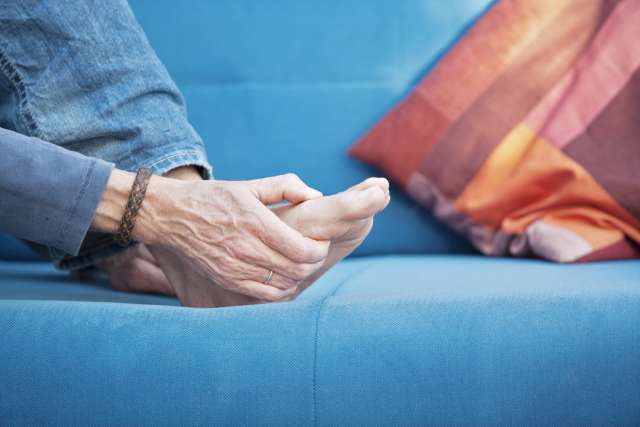Dear Doctors: Would you please address the damaging effects of wearing extremely high heels? I think younger women need to know how this can cause them painful foot problems as they grow older. It seems a high price to pay for fashion.
Dear Reader: The history of questionable fashion trends and beauty practices dates back thousands of years. Archaeologists have found evidence that the ancient Mayans used pressure bindings on infants’ skulls to achieve a flattened and elongated shape, which was deemed at the time to be beautiful. During the Renaissance, when pale skin meant someone was wealthy enough not to have to work outdoors in the sun, some women used blood-letting to achieve a wan look. And it was only at the start of the 20th century that fashion said (a temporary, as it turns out) goodbye to corsets, which cinched and squeezed the abdomen, and in some iterations, altered the curve of the spine. While wearing shoes with sky-high heels is less extreme, you’re correct that people who wear them regularly can pay a physical price. And they don’t even have to be that high to cause problems.
The shape of the shoe, with its elevated heel, forces the ball of the foot to bear significantly more pressure with each step than a normal footfall. Helping to absorb that extra force are the connective tissues in the feet and the heads of the delicate metatarsal bones. Regular use of high heels can cause structural changes to the foot, leading to conditions that require surgical intervention, such as bunions or hammertoe.
Standing and walking in heels can also lead to a painful condition known as metatarsalgia, in which the ball of the foot becomes inflamed and difficult to walk on. At the same time, raising a wearer’s heels prevents the muscles of the calf, as well as the Achilles tendon, from stretching to their full length. This can lead to the heel pain and tenderness of Achilles tendonitis, and to plantar fasciitis. This is inflammation of the plantar fascia, which is a thick band of fibrous tissue along the bottom of the foot. It supports the arch and connects the heel bone to the Achilles tendon.

Studies have shown that this foreshortening of muscles and tendons can become permanent in people who habitually wear high heels. So can the changes to posture, gait and balance that this type of footwear causes. Because high heels alter the center of gravity, wearers are forced to arch their lower backs to maintain balance, often leading to back pain.
In addition to structural damage, high heels are the culprits in thousands of emergency room visits each year. A study published in 2015 found that ERs treated 123,355 injuries incurred by wearing high heels over a 10-year period.
So what’s a style-conscious person to do? Choose shoes with lower heels and generous padding. If needed, add padded inserts. Alternate wearing heels with wearing flats. Add foot raises and a gentle Achilles tendon stretch to your regular workout routine. And when you do wear heels, steer clear of the ER by taking extra care.
The primary care physicians at UCLA Health offer everything from routine screenings and disease prevention to coordinated treatments for a wide range of health conditions. Talk to your provider about your concerns. Learn more and schedule an appointment.
(Send your questions to [email protected], or write: Ask the Doctors, c/o UCLA Health Sciences Media Relations, 10960 Wilshire Blvd., Suite 1955, Los Angeles, CA 90025. Owing to the volume of mail, personal replies cannot be provided.)





